How and what to feed a yard dog at home?
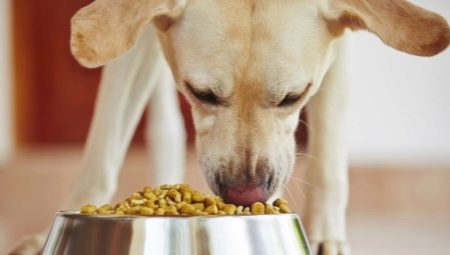
A dog's nutrition is one of the main conditions for its good health, vigor and good conformation. Genetic characteristics of outbred yard dogs, such as a strong immune system, good health and natural intelligence, have made them very “comfortable” for owners. But this does not mean that they do not get sick at all, and they can be fed with low-quality feed.
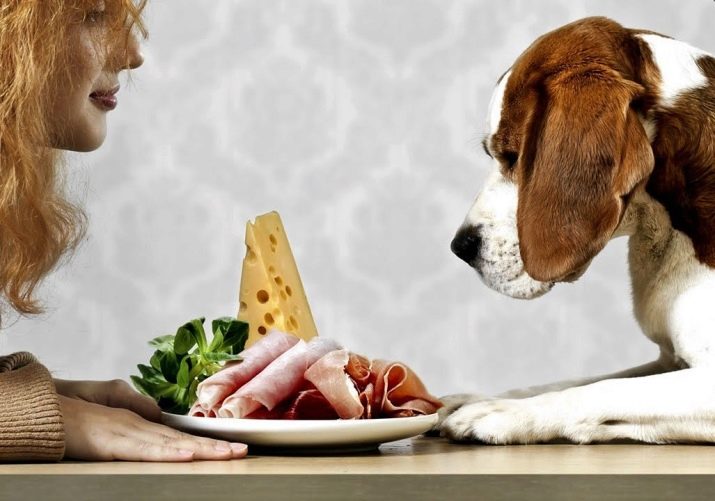
Feeding methods
Usually, the owners of yard dogs think little about their nutrition, and many do not even suspect that they are being fed incorrectly. They rightly believe that since a dog is a predator, it should be fed mainly with meat products with various additives. But if all components are mixed in arbitrary quantities, the nutritional value and composition of the feed are not taken into account, then the feeding efficiency will be questionable. Do not try to feed the mongrel with leftovers from your table or the cheapest food, this will inevitably lead to health problems for the animal.
In matters of proper nutrition of dogs, there are two large groups among owners:
- supporters of ready-made industrial feeds;
- adherents of natural home diets.
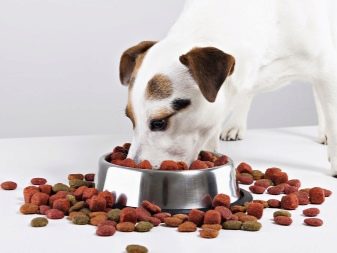

The choice of a feeding method depends entirely on the owner's preferences, his free time, financial capabilities, and his literacy in matters of keeping dogs. The use of ready-made industrial feeds significantly saves personal time and physical effort for keeping animals, they contain a ready-made balanced diet.
But it should be remembered that premium feed cannot be cheap, since it contains natural proteins of animal origin, a balanced fat and carbohydrate composition, vitamins and microelements. Advertising of cheap dry food is nothing more than a marketing ploy of manufacturers. The health of the pet will be much calmer if you bypass such feeds.
Recently, the number of supporters of natural dog feeding has been steadily increasing. Long-term observations of experienced dog breeders have shown that animals with natural feeding live longer than their counterparts with an industrial type of feeding.
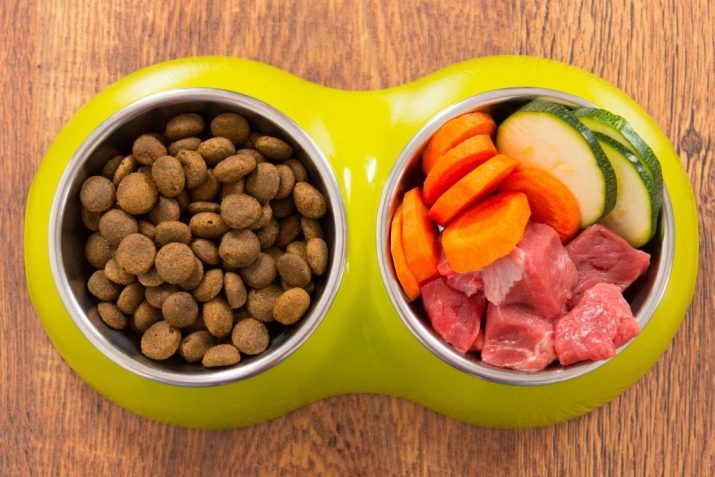
The diet for the mongrel is selected taking into account the individual characteristics of the animal, since mongrel dogs have an unknown heredity, often not entirely "successful". It is important to consider the past of the dog if it came to you as an adult. It is noticed that if a dog once had to starve, then it will tend to overeat, therefore, it is necessary to strictly monitor the daily food intake in order to prevent obesity. Here is a sample list of foods that should be included in the diet of a yard dog when choosing a natural way of feeding:
- raw or boiled meat (beef, horse meat, lamb, chicken, turkey, rabbit);
- meat offal (beef tripe, poultry offal, lungs, liver, heart, beef tails);
- boiled sea fish (cod, hake, pollock);
- fermented milk products (low-fat cottage cheese, kefir, yogurt without fillers);
- boiled eggs, only the yolk is better;
- vegetables (carrots, zucchini, pumpkin);
- fruits and berries (apple, blueberry, banana);
- greens (salad, parsley);
- cereals and bran (in the form of porridge);
- vegetable fats (sunflower, olive oil);
- vitamin complexes.
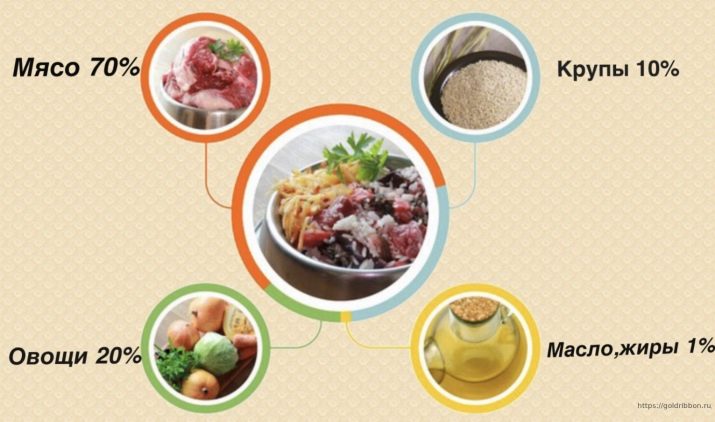
What to feed is not recommended
There is a myth that mongrels are omnivores, but this opinion is very far from the truth. There are foods that are better not to give to yard dogs:
- tubular bones and chicken legs - can damage the inner lining of the digestive tract;
- sweets - cause fermentation and disrupt digestion;
- sausages of all kinds - contain a lot of spices and additives that are harmful to the liver of dogs;
- flour baked goods and potatoes - contribute to bloating and constipation.
The approximate daily food intake is 3% of the dog's body weight, it is adjusted depending on the method of keeping (at home or on the street), the season (in winter, the rate increases) and on the energy activity of the animal (sentry, service, free yard dogs and dogs on a chain have different indicators). In the mode of feeding aging animals, the proportion of high-calorie food gradually decreases, but proteins and fats should remain in the same volumes.
It is necessary to feed an adult dog 2 - 3 times a day, clean drinking water should always be freely available
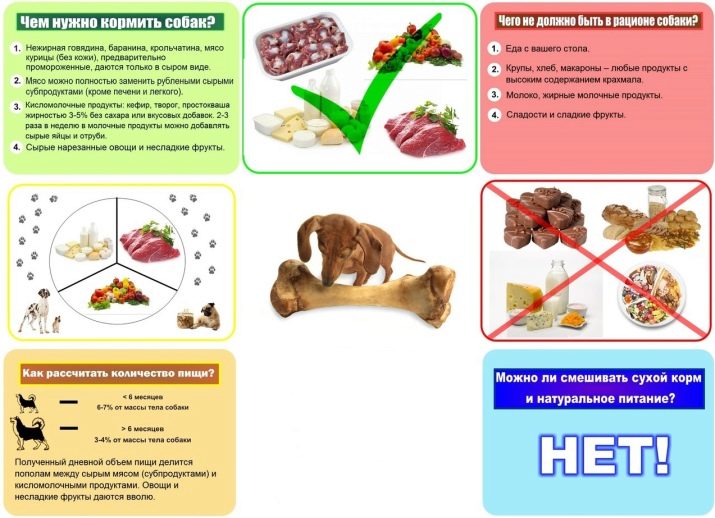
How to feed puppies
For a puppy, you need to immediately decide on the type of feeding - natural or industrial, so that later you do not have to transfer it from one type to another. The digestive system of a growing organism will be formed for a certain feed and will produce the corresponding enzymes. A radical change in feed will inevitably lead to stress on all body systems.
If a natural type of food is chosen, then from the age of one month, pooch puppies can be supplemented with natural food. Until the age of one year, it is necessary to gradually introduce useful components into the pet's diet - vegetables, berries, herbs.
When using ready-made food, from the age of one month, the puppy can be fed with canned wet food, at 3-4 months, dry food can be soaked and gradually introduced into the diet. High quality dry food can be used as the basis of feeding when the puppy's teeth are completely replaced.
It is important to understand that the maintenance of any dog, regardless of breed, will require financial costs, therefore, take this moment into account and decide on the method of feeding before a pet appears in your life.
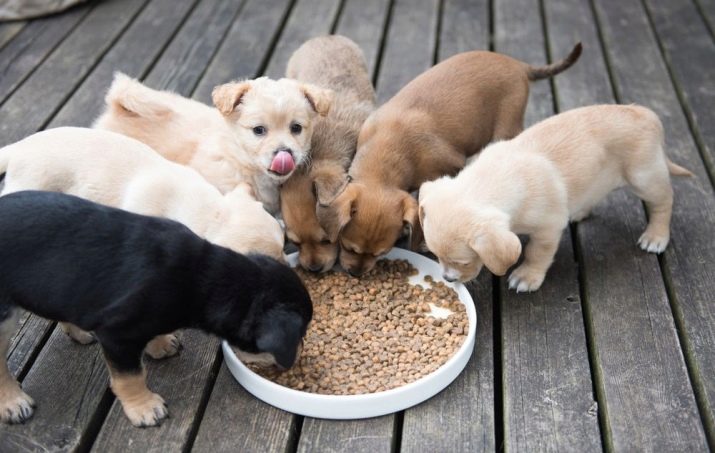
True fans of dogs will always provide their pets with comfortable conditions for a full life, regardless of breed, and the owners often fondly call a faithful mongrel dog not a mongrel, but a noblewoman.
For information on how and what to feed your dog, see the next video.






































